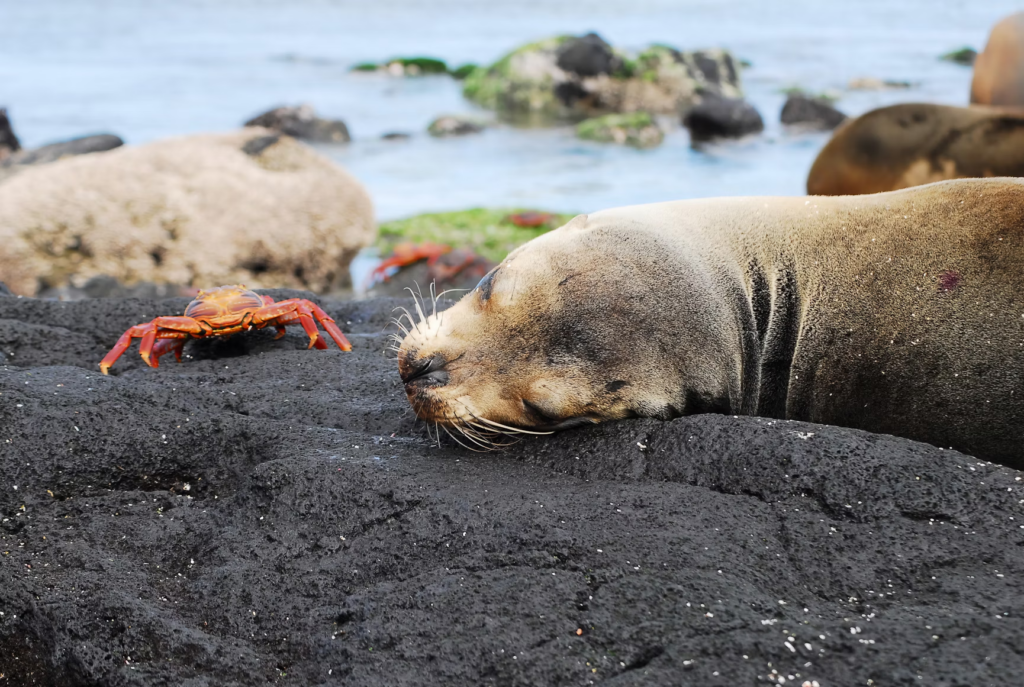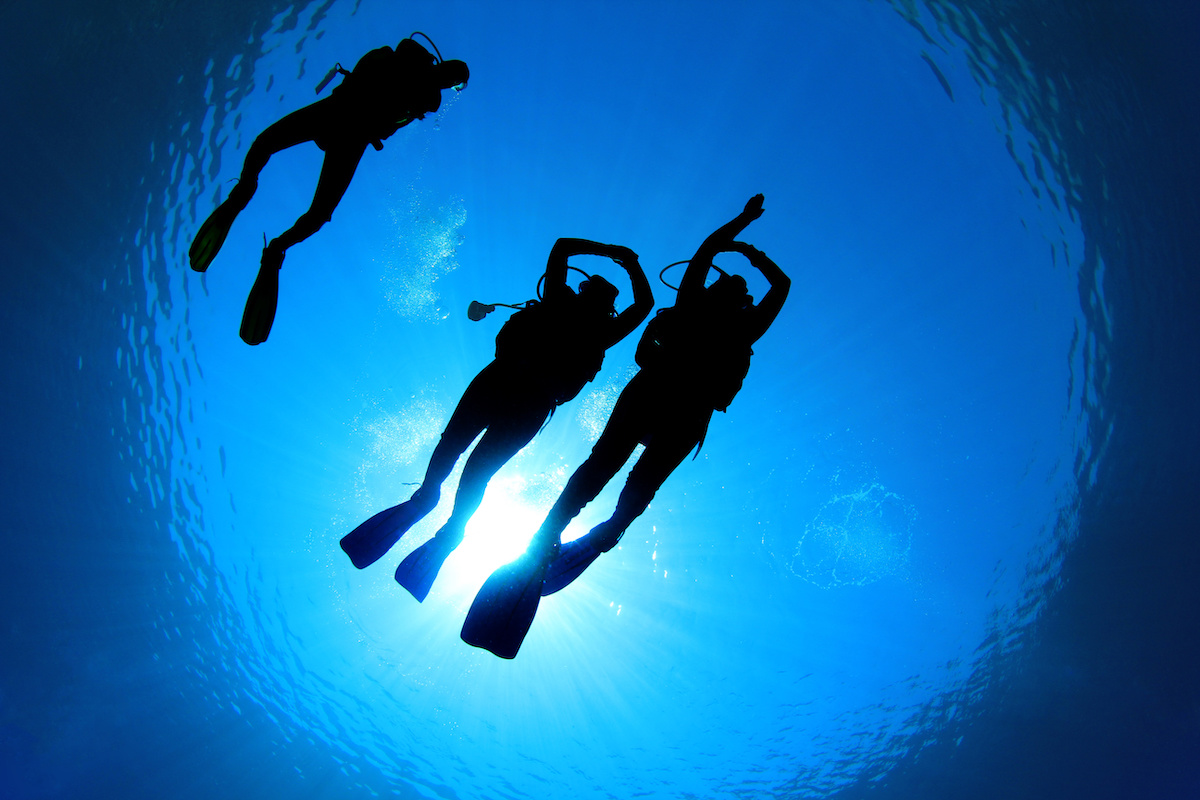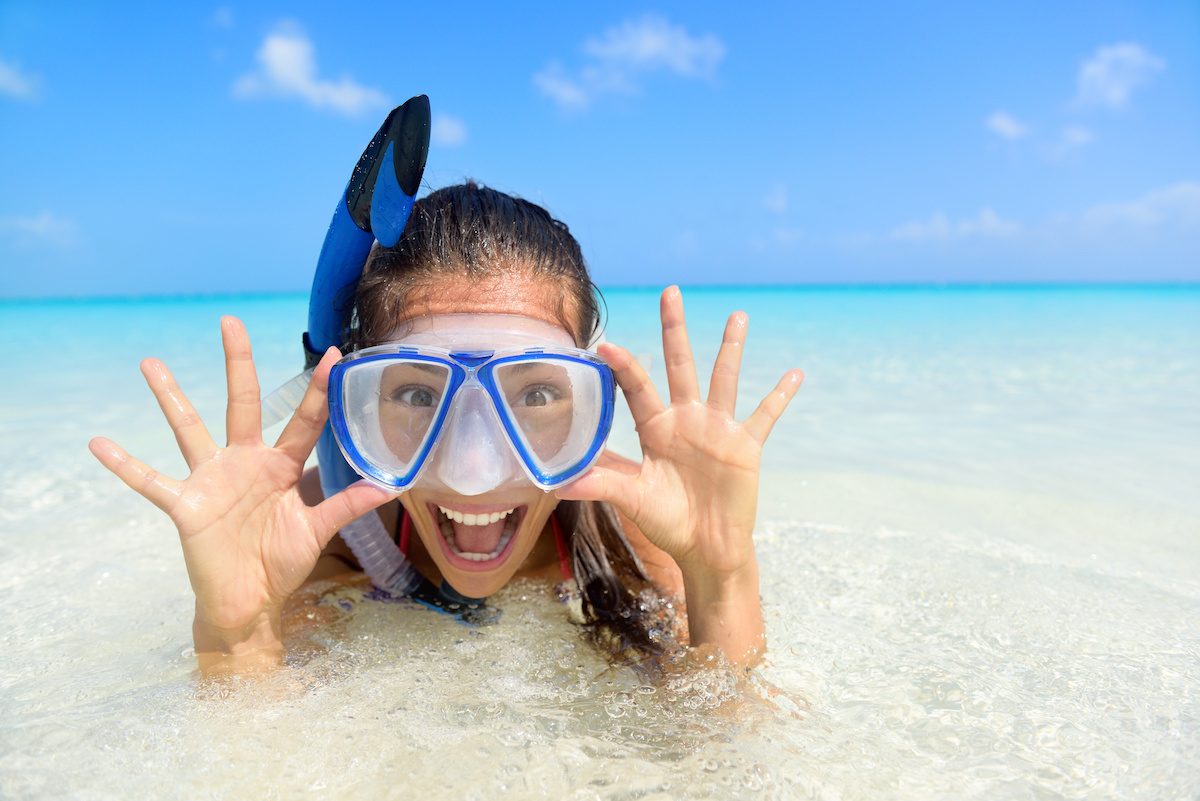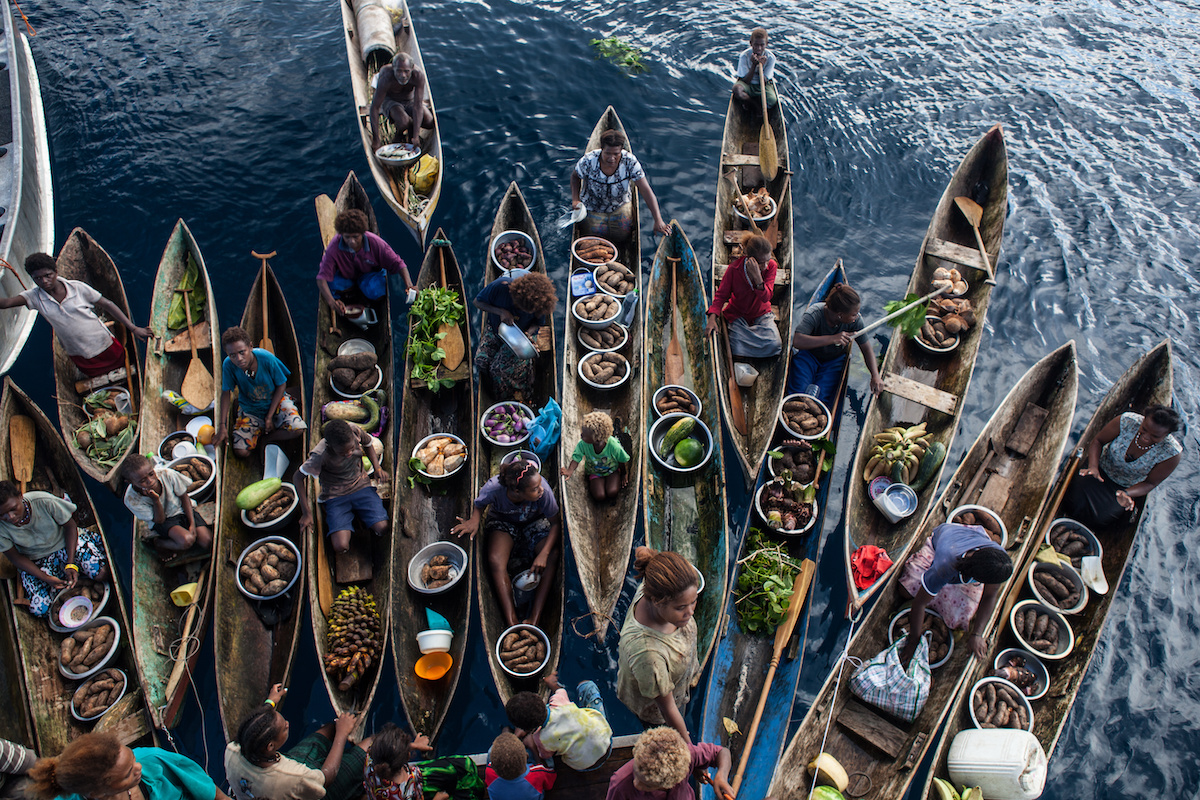
The world is full of fantastic dive destinations; however, some of the most pristine sites are also the most remote. Maybe you want to dive into the waters of Raja Ampat or surround yourself with sharks galore in places like the Galapagos or Socorro Islands. Diving on a liveaboard is an exciting adventure no matter which destination you choose, and knowing where to go and what to pack can make that adventure less stressful and more exciting.
In this article, you will learn all the tips and tricks you need to prepare for your first liveaboard safari. If you are already a seasoned liveaboard diver, listen closely; you may still pick up some new ideas to help make your trip even more enjoyable.
Personal Items::
When preparing for a liveaboard trip, the main thing to remember is that you will be living on a boat for a week or more with many other divers and a full-time crew. This is not the type of trip to pack different outfits for every day of the week, four pairs of shoes, and a suitcase full of beauty products. When diving on a liveaboard, think simply and pack as little as possible. Let’s be honest: do you need more than a few swimsuits anyway? Cabin space is limited, so whatever you bring must fit in some small square footage.
Here is our recommended bare-minimum packing list:
· Two swimsuits
· 2-3 sundresses or shirts/shorts combos
· 1 pair of pajamas
· 1 sweatshirt
· 1 rain jacket
· 1 pair of flip-flops
· Option pair of deck shoes
· Hat
· Medications
· Toiletries
· Earplugs
*Liveaboard Trick #1: Bring a small, collapsible storage bin to keep all of your personal items in one spot inside your room. This way, smaller things like charging cords, headphones, and sunglasses do not get lost.
Dive Gear::
Many liveaboards offer rental gear; however, diving with your own gear is always more comfortable. We highly recommend investing in a set of personal dive equipment. This way, you know your BCD and wetsuit will fit perfectly, you will be familiar with how your regulator breathes, and know how to read your dive computer easily. When packing, pay attention to the water temperature of your dive destination so you bring an appropriately thick wetsuit.
*Liveaboard Trick #2: Weight can be an issue when traveling to remote locations. If the weight of your gear is an issue, consider investing in some travel-specific dive equipment. Many gear manufacturers offer lightweight travel BCDs, fins, and regulator options.
*Liveaboard Trick #3: Since you will be diving a lot (think 3-4 dives per day, or more in some cases), you may want to consider packing a 3mm hooded vest with your gear, even if your trip is to a tropical destination. Even the most robust diver can start catching a chill after hours upon hours underwater.
Specialized Equipment::
Liveaboards cater very well to photographers and videographers, so bring an underwater camera, video camera, or GoPro! Again, the more compact, the better. Unless you are a professional photographer/videographer, we recommend bringing a smaller camera set-up with a compact lighting system.
*Liveaboard Trick #4: Pack an extra camera battery and a solar charger. Liveaboards will have electricity; however, there are a limited number of outlets you will be sharing with everyone else on board. Investing in a small solar charger will allow you to charge your electronic devices wherever and whenever you want.
Special Needs:
If you have any specific requirements, such as dietary restrictions, it is best to inform the crew in advance. While most liveaboard operators strive to accommodate such needs upon request, it’s worth noting that many operate in remote, international settings where access to certain foods or resources may be limited.
Therefore, it’s advisable to have a backup plan in place and consider bringing supplementary items from home just in case. Also, if you’re susceptible to motion sickness, keep in mind that you’ll be at sea for the entire trip, so make sure you pack enough seasickness medication to last the whole time.
*Liveaboard Trick #5: Pack two separate sets of your medications. Since you will be out at sea without access to a pharmacy, it is best to have a backup medication set in case one set gets lost or wet.
Other Considerations::
· Dive Accident Insurance – Having dive insurance is always a good idea; however, when diving in remote locations, dive accident insurance becomes a necessity. In fact, most large liveaboard companies require their guests to have current dive accident insurance to be able to dive with them.
· Travel Insurance – It’s no secret that liveaboard trips are not cheap. We highly recommend purchasing travel insurance for your entire vacation in case any last-minute issues arise, and you need to cancel or postpone your vacation.
· Pack an SMB (surface marker buoy)- Since you will be diving in remote locations, wearing an SMB while diving is essential. That way, if you get separated from the group, you can signal to the boat where you are in the water. This is especially important when you are diving somewhere remote with strong currents.
· Bring Cash – Tipping the crew is not only customary at the end of your liveaboard excursion, but also the right thing to do. Tips are a large part of the crew’s income, and they work hard to ensure your safety and comfort throughout your time with them. Tips are rarely included in the price of your liveaboard purchase, and cash will be the only way to tip the crew when it’s time for your departure.
· Bring Reef-Safe Sunscreen – You will spend a lot of time in the sun, so bring plenty of reef-safe sunscreen to protect yourself from sunburn and the reef below you from the toxic chemicals found in traditional sunscreens.
Top Liveaboard Destinations::
Now that you know what to pack and how to make your liveaboard adventure more enjoyable, it’s time to decide where to go. There are so many amazing liveaboard destinations out there, that it’s hard to narrow your choices to a single location. So here are our top picks for the best places to visit on a liveaboard safari:

1. Galapagos Islands.
It’s fair to say that scuba diving in the Galapagos is on many diver’s wish lists. These unique islands are probably the most popular liveaboard destination in the world. Get ready to explore incredible marine environments and encounter exciting wildlife like hammerhead sharks, whale sharks, fur seals, marine iguanas, and much more!

2. Palau.
Known as one of the most beautiful diving destinations in the world, Palau offers crystal-clear waters filled with vibrant marine life. From colorful schools of fish, sharks, and manta rays to pristine coral reefs and historic shipwrecks, Palau diving experiences promise unforgettable encounters every day.

3. Maldives.
Liveaboard diving in the Maldives is a dream for any scuba diver, offering access to some of the most spectacular dive sites in the world. Cruising through the turquoise waters of the Indian Ocean, divers can encounter manta rays, whale sharks, and vibrant coral reefs teeming with life. By diving from a liveaboard in the Maldives, you will get to explore remote atolls and dive sites that are inaccessible from land-based resorts, making for an unforgettable adventure.

4. The Socorro Islands.
Remote and untouched, the Socorro Islands attract divers from around the world to this remote archipelago in Mexico. The rugged volcanic landscape and nutrient-rich waters of these islands offer jaw-dropping encounters with friendly giant oceanic mantas, humpback whales, numerous sharks, dolphins, and other large pelagic species.
5. Egypt.
Liveaboard diving is the best way to experience all that Egypt has to offer. Home to some of the world’s most renowned dive sites, Egypt’s Red Sea is full of vibrant, colorful coral reefs and abundant marine life. You’ll also experience legendary wrecks like the SS Thistlegorm while exploring this ancient land.






Leave A Comment